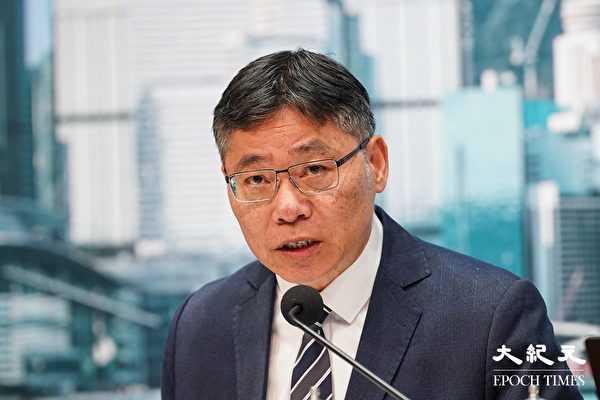The government is set to release the results of a study on regulating ride-hailing services next month, according to Hong Kong’s Secretary for Transport and Housing, Lin Shixiong. In an interview today, Lin stated that the report will primarily present data, and specific measures will be formulated after soliciting feedback. Although there is a focus on cracking down on unauthorized “pirate taxis,” there is currently no plan to penalize passengers simultaneously.
Lin Shixiong, speaking on a television program, acknowledged the public’s disappointment with taxi services and expressed hope for the taxi industry to improve its services. The government plans to introduce a fleet of taxis that will provide ride-hailing services and install closed-circuit cameras inside the vehicles to regain public confidence. The results of the application for taxi fleet bids will be announced within the next month. Lin emphasized that the government will issue no more than five licenses, as the current 15 applications are still under review.
The authorities will explore how to amend regulations to more effectively address issues of unauthorized passenger transportation for reward and will draw on experiences from other regions to better regulate ride-hailing platforms. Next month, the research findings will be shared with the Legislative Council, industry stakeholders, and the public for input before specific regulations on ride-hailing services are developed. This may involve considerations such as requiring licenses for platforms and restricting ride-hailing services to private cars with rental permits.
When questioned about potentially expanding the number of private cars allowed to obtain rental permits for ride-hailing beyond the current 1,500 quota, Lin Shixiong replied that further feedback is needed, and a conclusion may not be reached in July. Lin indicated that efforts to combat “pirate taxis” will be intensified but leans towards not considering passengers riding in such vehicles as illegal due to enforcement complexities, such as difficulties in distinguishing passengers.
Regarding the issue of congestion at the Hong Kong-Zhuhai-Macao Bridge border crossing during holidays and long weekends due to vehicles from Hong Kong heading north, Lin Shixiong mentioned considering whether to increase the number of border crossings. As the scheme has only been in place for a year, it is still in the learning phase. On the first day of long holidays, around 4,000 to 5,000 vehicles use the bridge, and discussions with Zhuhai authorities are underway to manage peak traffic flow.
Lin Shixiong disclosed that since the implementation of the “Hong Kong vehicles heading north” plan in July last year, over 60,000 Hong Kong single-plate private cars have completed applications. The daily usage of the bridge is approximately 12,000 trips, which is not considered high. Future plans include exploring ways to attract more vehicles to use the bridge, such as enticing more trucks from western Pearl River Delta areas like Jiangmen to transport goods to ports and airports via the bridge.

